Vanessa Rolf likes to take an instinctive approach. She dives deep into a topic, hunting for connections.
Inspired by maps, journeys, memorials and collections, Vanessa combs through a seemingly disparate mixture of imagery, text and textile selections. She looks for links and associations that she can use to tell stories, through meaningful layers of cloth interconnected with hand stitch.
Vanessa doesn’t follow the usual, linear process of first doing some research, then making. Instead, by making and thinking in tandem, she is able to spend more time considering why she is drawn to a subject. In this way, she can follow her innate curiosity. By taking this flexible approach, she can adapt and make choices as she works.
Relying on a series of hand processes including stitch, appliqué, mending, piecing and cut work, Vanessa revels in the impermanence and slowness of hand stitching. Selecting the right cloth is an important part of her process. She searches out old garments and textiles that have stories to tell, even before she adds her own layers. The careful selection of cloths, to complement the stories that inspire her surface stitches, helps to build layers of meaning and expression.
As a 62 Group member, Vanessa appreciates the value of taking the time to focus on her own work. She encourages you to do the same; make work and explore the process. She believes that as artists, we should trust our own choices, interrogate them and build our own textile language. Take the time to be inquisitive about the topics and techniques that draw you in.
A curiosity-led approach
Vanessa Rolf: I use the familiar material language of cloth, combined with stitch. I stick to a series of hand processes including stitch, appliqué, mending, piecing and cut work.
For me, stitching is like drawing; you can make it up as you go along.
I like that stitching is not permanent, that you can always unpick it. I also really enjoy the slowness of the physical process – the pace allows me to think as I make.
I unpack and explore ideas that I am curious about, through my research, working methods and processes.
Investigating ideas of labour, geography and collective inheritance, my work interweaves the relationships of landscape, objects and identity, shaped by personal, global and historical narratives. I explore these subjects through the creation of large, wall-based works.
Some themes run consistently throughout my practice. I think a lot about archives, collections and museums, and how we use objects to memorialise and celebrate places, events and people.
I’m inspired by maps, journeys, memorials and collections. I love museums and the proximity to objects that are kept safe and untouchable in cases and drawers. Conversely, I love to rummage through boxes of junk in garages, sheds and lofts, unearthing forgotten treasures.
I am intrigued about our motivations to label and order, both as individuals but also as a wider society in an attempt to shape our stories.
Quilts, banners and flags excite me. They influence my techniques, but I’m also interested in their histories; the way they communicate with the viewer, and how they relate to collective making and community agency.
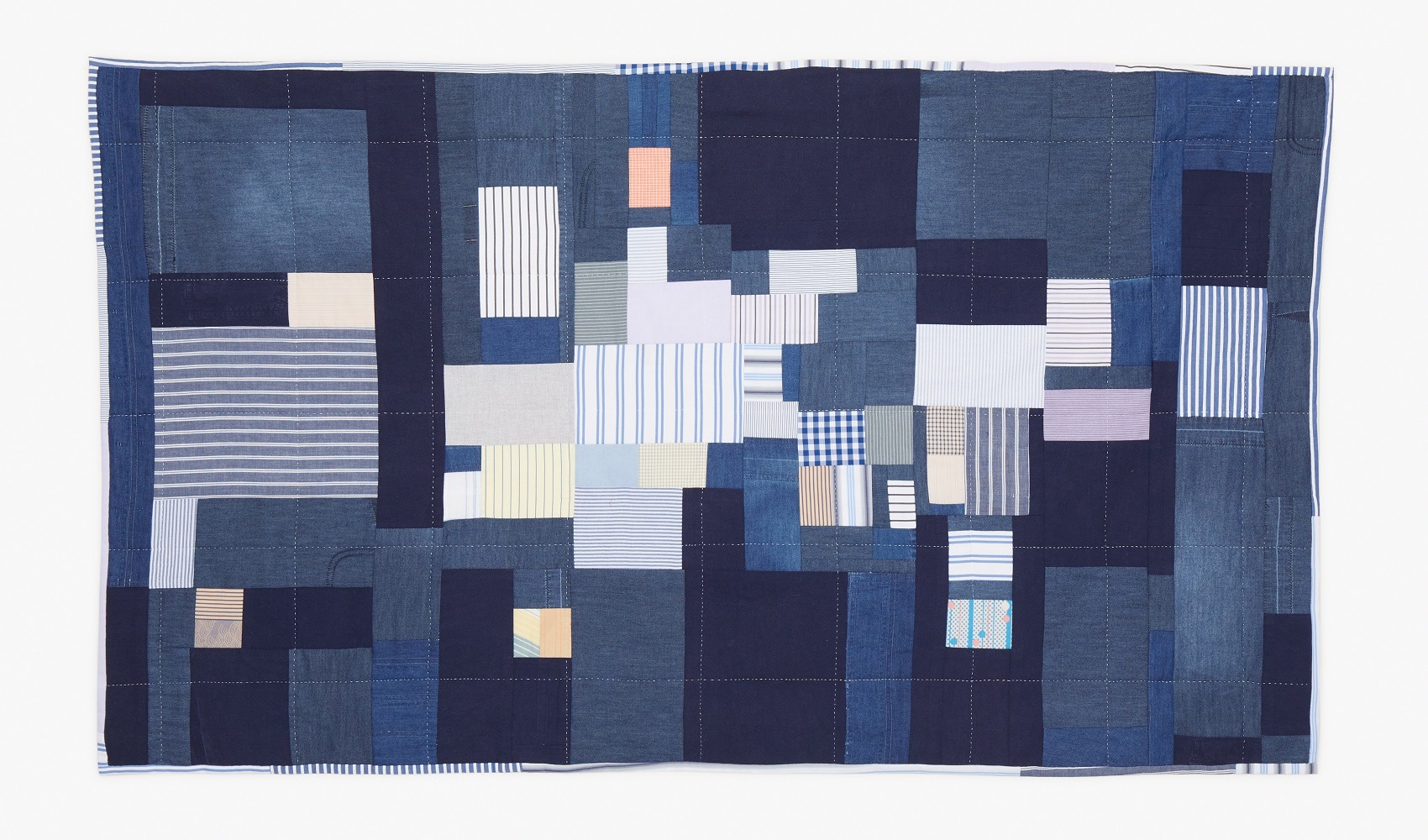
Creating connections
My ideas come in quite a fluid way. Over a long period of time I collect images, gathering anything that feels relevant.
I start to create connections through reading and pulling together what might feel like disparate strands of thinking. When I have a deadline, ideas for other projects will bubble up and seem much more enticing! I try to capture those ideas to return to later when I have time.
Over time, bodies of work continually develop and grow. Ideas are never really left behind but continue to be woven in, even when the focus might seem to have moved on.
An example of this was when I explored the story of my grandfather’s war, using cloth I had inherited that had been requisitioned from sunk war ships. I began the process of patching, piecing and dying cloth into larger quilt-like works.
My work has moved away from this specific focus on my grandfather and the Second World War, to narratives about global exchanges of goods and people and ideas of identity and inheritance. But the methods of piecing and patching and quilting have continued.
Non-linear thinking
I start by collecting images, ideas, scraps of text and books. I sort through them, pulling out whatever feels relevant to the ideas that are evolving.
It’s not at all systematic. Sometimes I’m bringing together something I saw at a recent exhibition alongside an image from a book I read a decade ago. I don’t think in a linear way. Sketchbooks have always felt problematic for me as I cannot commit to the fixed order of a sketchbook format. My ‘loose leaf’ approach is chaotic but it has helped me to realise that I revisit many concerns repeatedly, choosing the same reference images again and again.
Researching and making happens in tandem. There isn’t a cut-off point where I stop looking at inspirational materials and move on to the making.
I adapt and make choices as I go, rather than having a fixed image of what I am working towards. My non-linear approach means I often don’t think about what choices are coming up until they are directly in front of me.
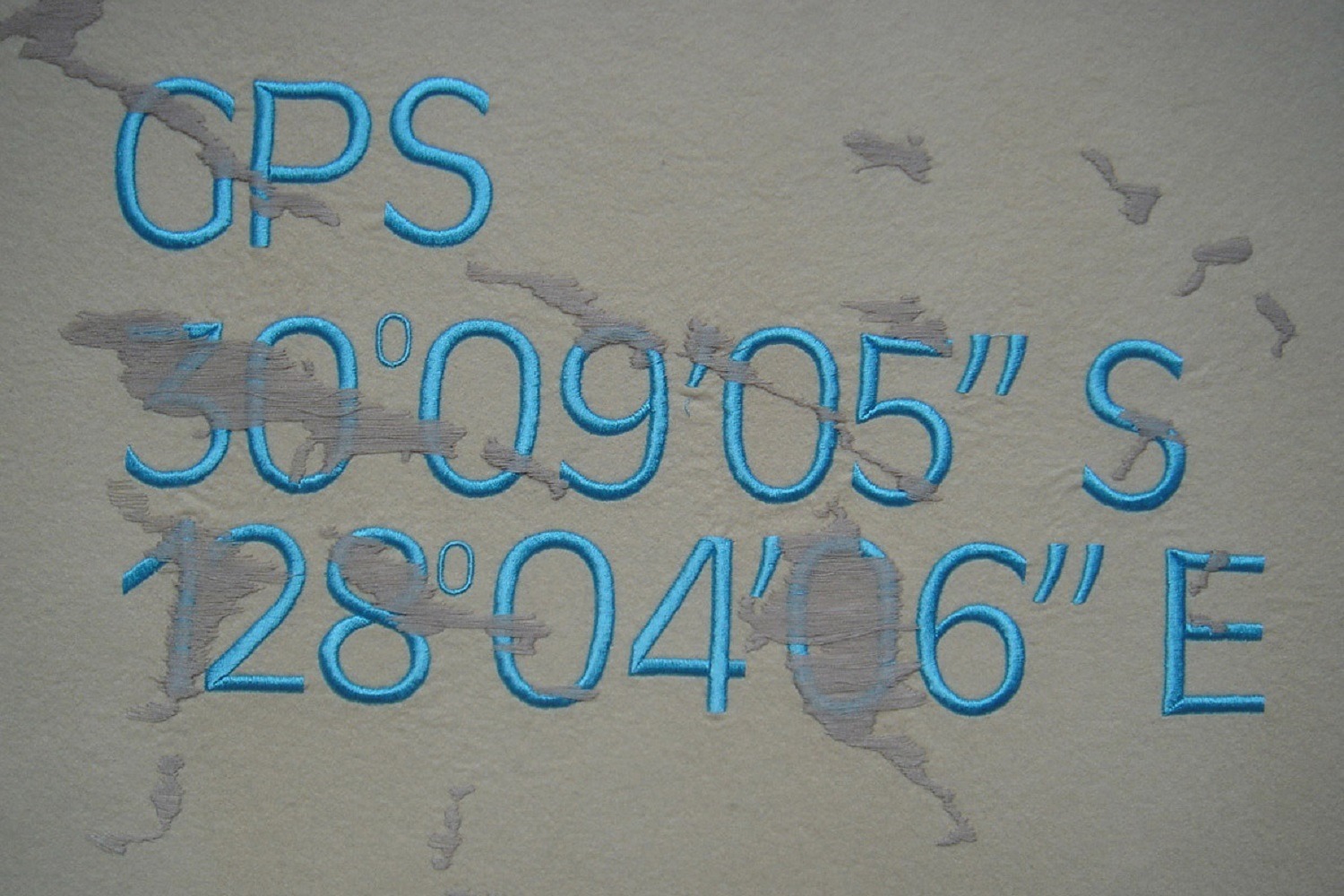
Textiles with history
I often use repurposed cloth in my work, including reclaimed wool, canvas and linen fabrics that reference a past use.
I enjoy the stories the material has to tell even before I have added my own layers: the shapes created by an unpicked garment, the shadow of a pocket, or the incidental rows of ghost stitching along a seam. Our relationship with clothes is daily and intimate, and any signs of wear or mending in textiles is like a language we can read very easily.
Selecting a cloth to reuse is equally informed by the places, historical events, or personal stories that inspire the stitches on the surface. The process of seeking out, washing, pressing and unpicking seams, dyeing and patching is all part of my approach to teasing out and telling stories.
I also work with reclaimed and industrial felt, which I hand cut and sometimes appliqué. Felt feels quite different to make with. It has a clean crisp edge and the results are very graphic. I really enjoy that contrast.
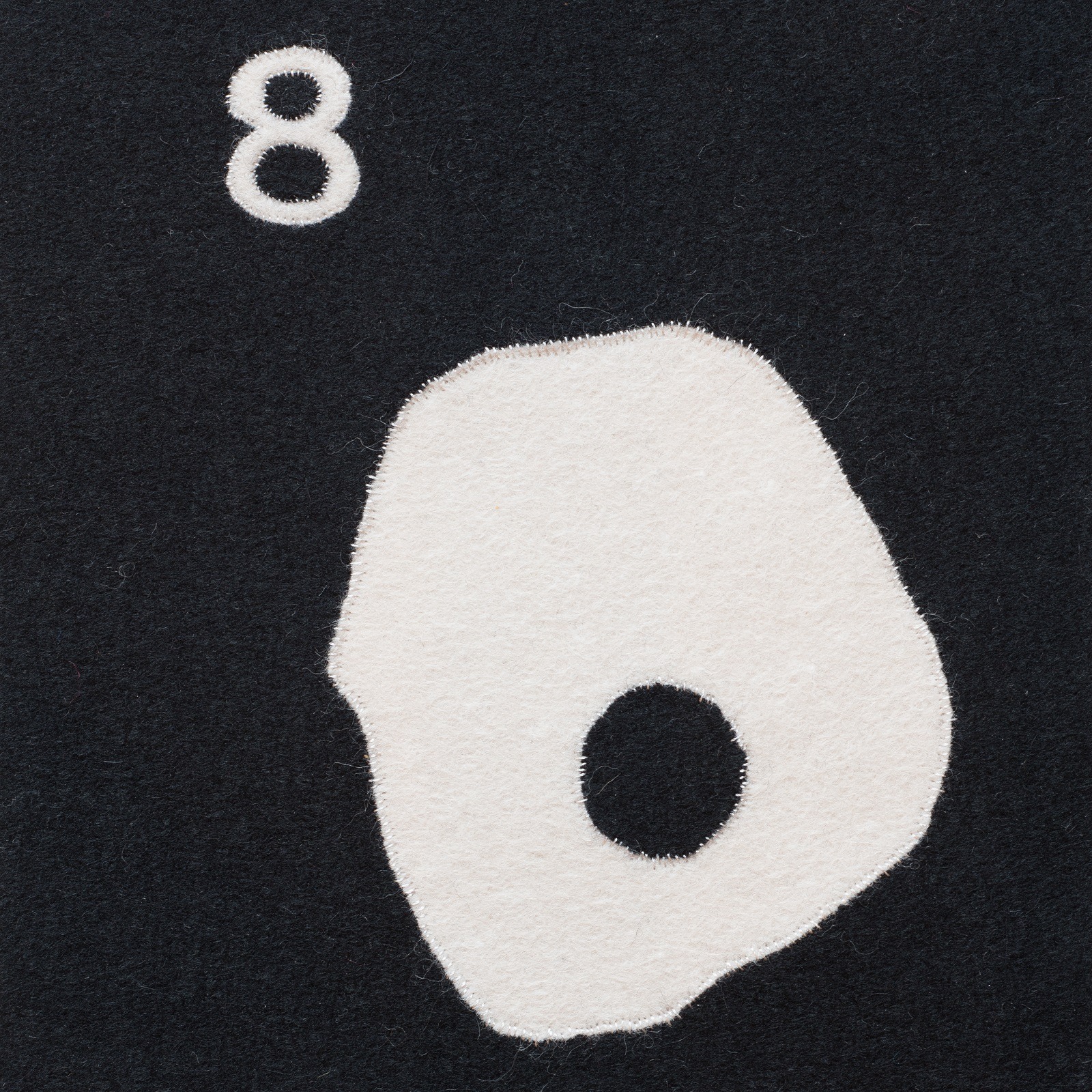
Hunting for connections
Through my making, I’m able to think about the subject and figure out what I know or believe through the processes I use. The slow nature of hand stitching helps my ideas percolate, pulling together new strands of thought or creating clarity. I am always hunting for new connections.
My work is about asking questions. But the outcomes are not resolved answers, just better, more thoughtful questions that I hope will entice others into a conversation.
Layers of meaning are built into the choice of cloth, placement, colour and technique, with a focus on creating associations with the subject matter. I am always thinking about the feeling of a work and whether it conveys my emotions about a subject. Sometimes I find it hard to articulate the work in words, so I use my art to express what I am feeling.
Sometimes I’ll create a template for elements of the work, where accuracy is of particular importance, such as when it is directly relating to a specific image or piece of text. Examples of this include the map of the fjords in Battle of Narvik, and the names of German ships sunk in the Second World War, stitched in my work Poems to the Sea.
At other times I’ll make marks more intuitively; sketching directly on the cloth with stitch, like in my work Breathe.
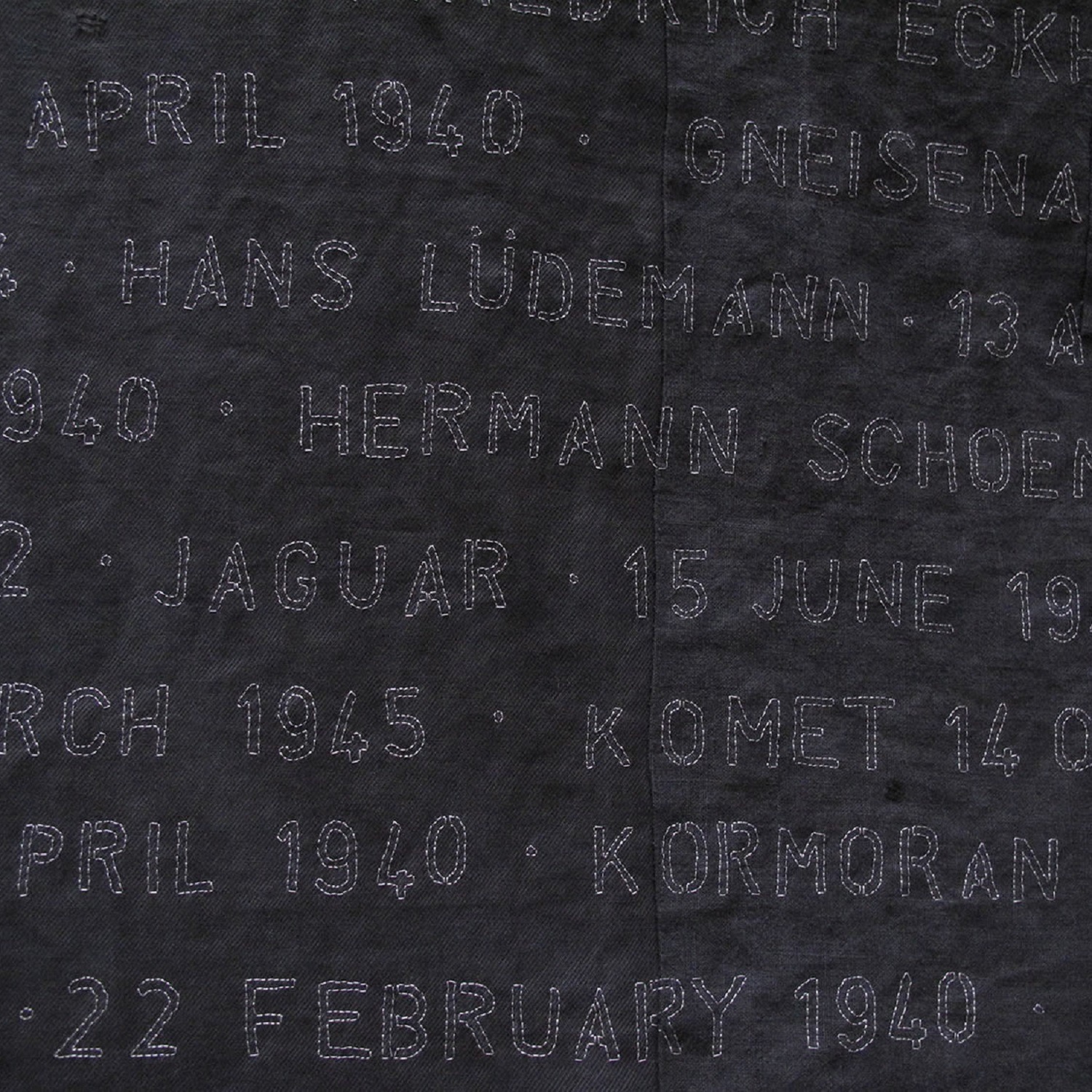
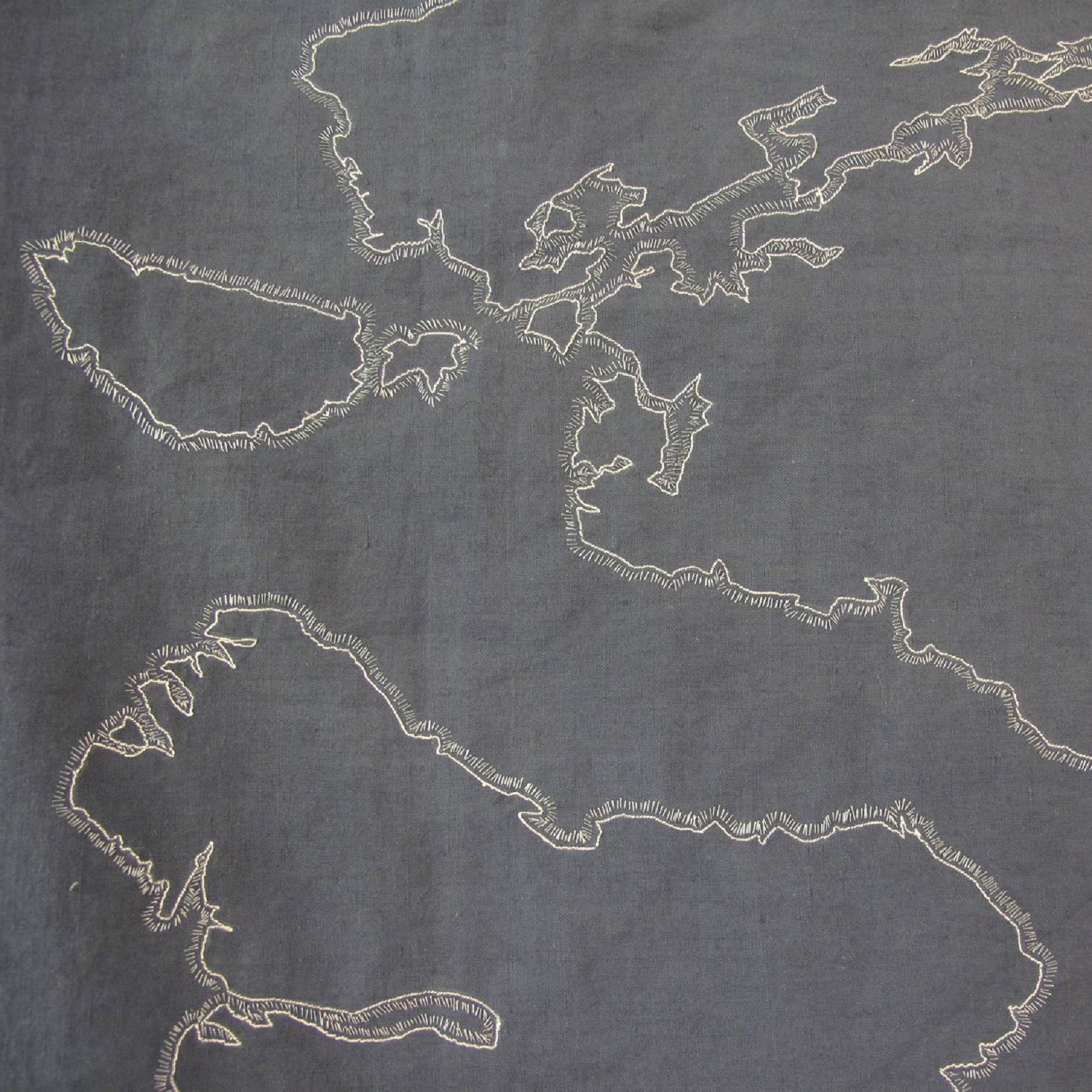
Making marks
When my daughter was born, my experience of journeying shifted away from imagined travels exploring the psychogeography of a place, to repetitive loops of the local area and internal narratives. For 15 months I obsessively kept records of the frequent night-time wakings, reflected in a series called Sleep Diaries, where the repetition of stitches mark time.
I really enjoy pushing the mark making possibilities of a limited number of simple stitches and techniques.
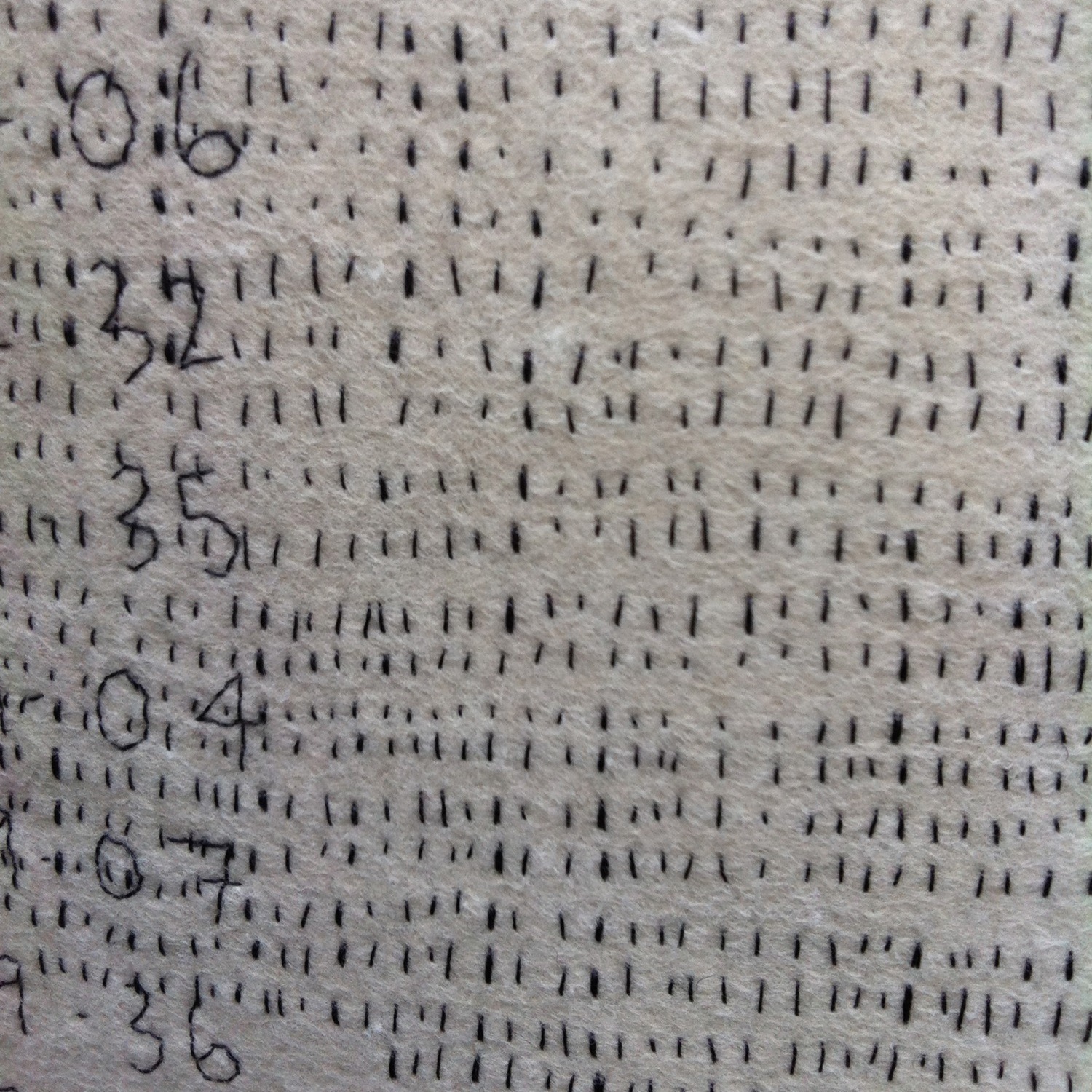
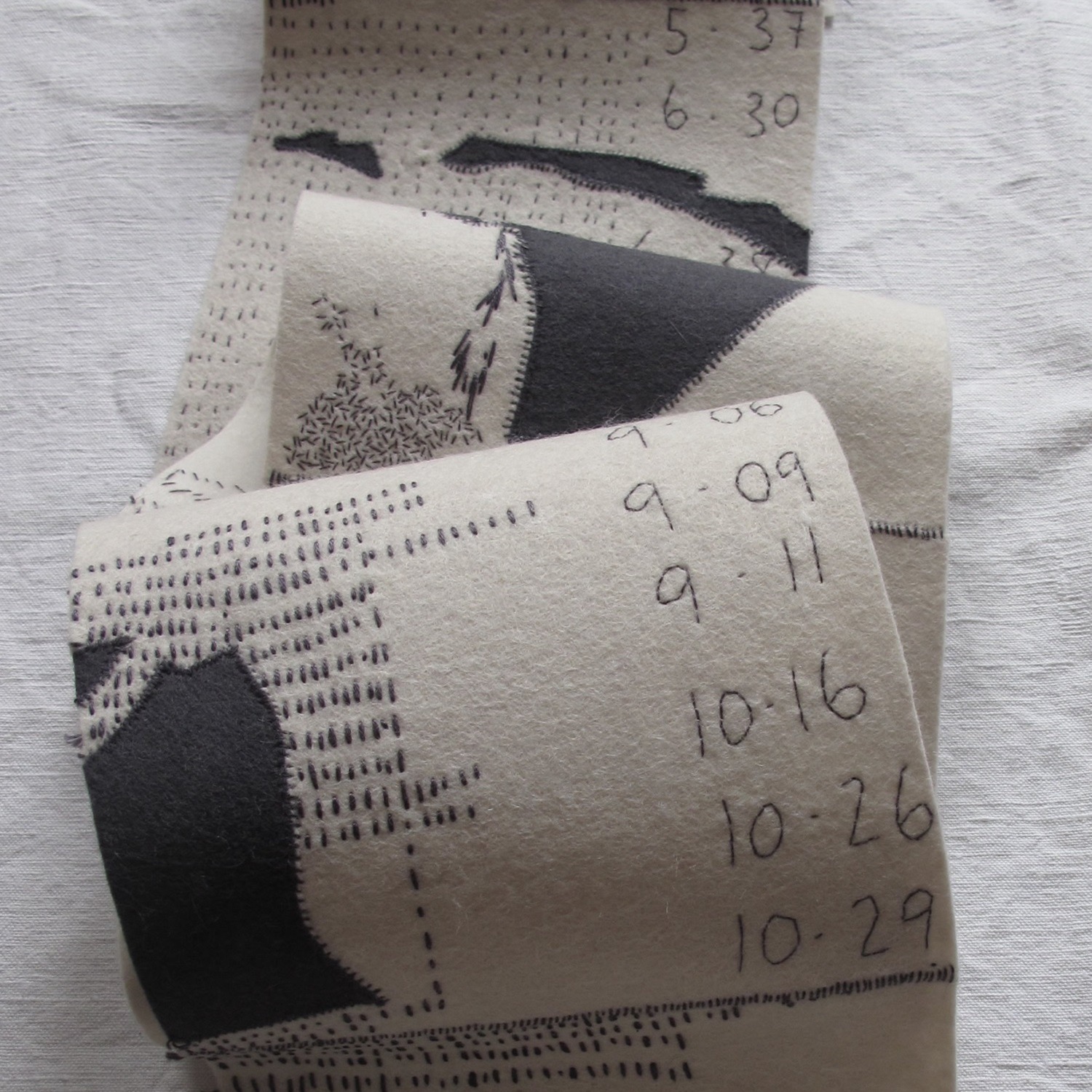
Modern slavery
My works Hidden and Complicit focused on the issues of labour, resources and waste in the textile industry.
They were made for a group exhibition about modern slavery. For this project, I researched the widespread and complex issue of exploitation within the clothing industry.
There is so much human investment in every element of the garment-making process, from growing and tending the crops, to the spinning, dyeing and weaving of the fibres, before cutting and stitching into garments. The disregard for this labour speaks a lot about our structures as a global society, as well as our attitudes to our planet’s resources.
I created two patched quilts visualising global textile export and import data. The countries are represented through their production or consumption, rather than their land mass. The work explores how the data is hard to read and draw conclusions from. And it highlights that, as consumers, we are complicit in the exploitation inherent within the industry.
Through this work, I wanted to generate conversations about our involvement in the exploitative practices of the garment industry; it has certainly impacted my own thinking and behaviour.
As we become more aware of the impact of fast fashion, it can be tempting to crave simple answers. But a solution will need a complete shift of attitudes. We are all complicit in the global structures built around our habits of consumption. And we will all need to truly value the labour involved in textiles production and the inherent worth of the materials themselves.
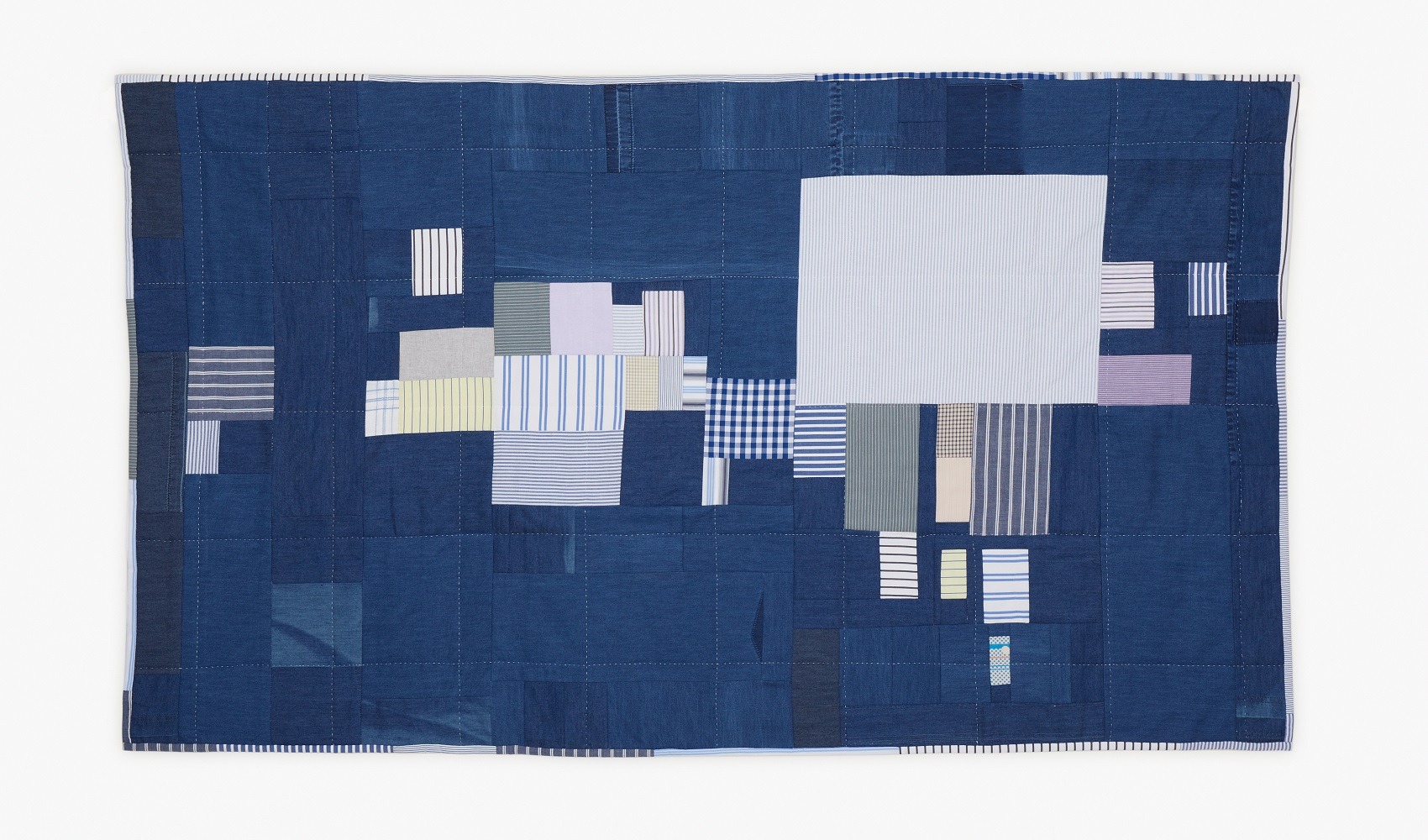
Making time for my own work
Being a member of the 62 Group motivates me to create new work continually. It gives me an opportunity to exhibit with the group at least once a year.
It can be easy to prioritise other aspects of my practice, such as teaching, leading workshops or community projects, but being a member of the 62 Group encourages me to make time for my own studio work.
The 62 Group is a powerhouse of knowledge and expertise. It is a privilege to be a part of that community. Having become involved in the committee, I’ve found it a great way to get to know members a little better, rather than just connecting with their work.
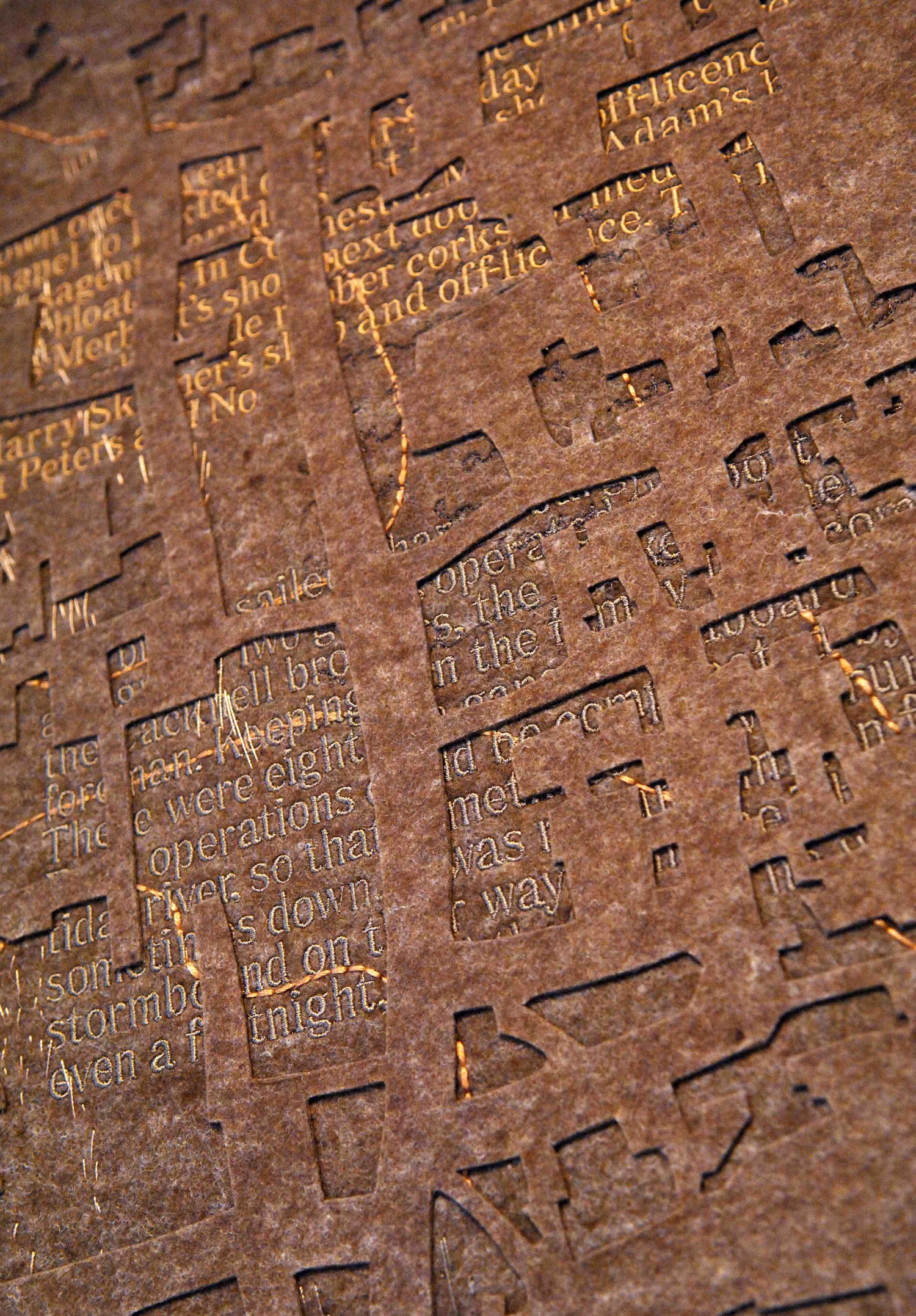
Evolving explorations
Working with textiles is my safe option, so I’m looking to become a little more playful and open to taking some risks. I want to begin to delve into different materials; particularly plaster and printing.
I believe that artists should trust their own choices, interrogate them, and build their own language through their work. I aim to be inquisitive about what I am drawn to make. And I want to enjoy the process and not always worry about the end results.
Much of my inspiration comes from places and objects that are utilitarian, so there is a conflict in making things for exhibitions where the work cannot be touched.
I would like to make work to be used or worn, but the topics I want to speak about through my work are often uneasy. I don’t feel comfortable having them around me all the time. It doesn’t seem right to live with or wear out works which, for me, are connected with tender feelings. At the same time, there is so much information that can be expressed through touch, or being in close proximity to the work. These are ideas that I will continue to explore.
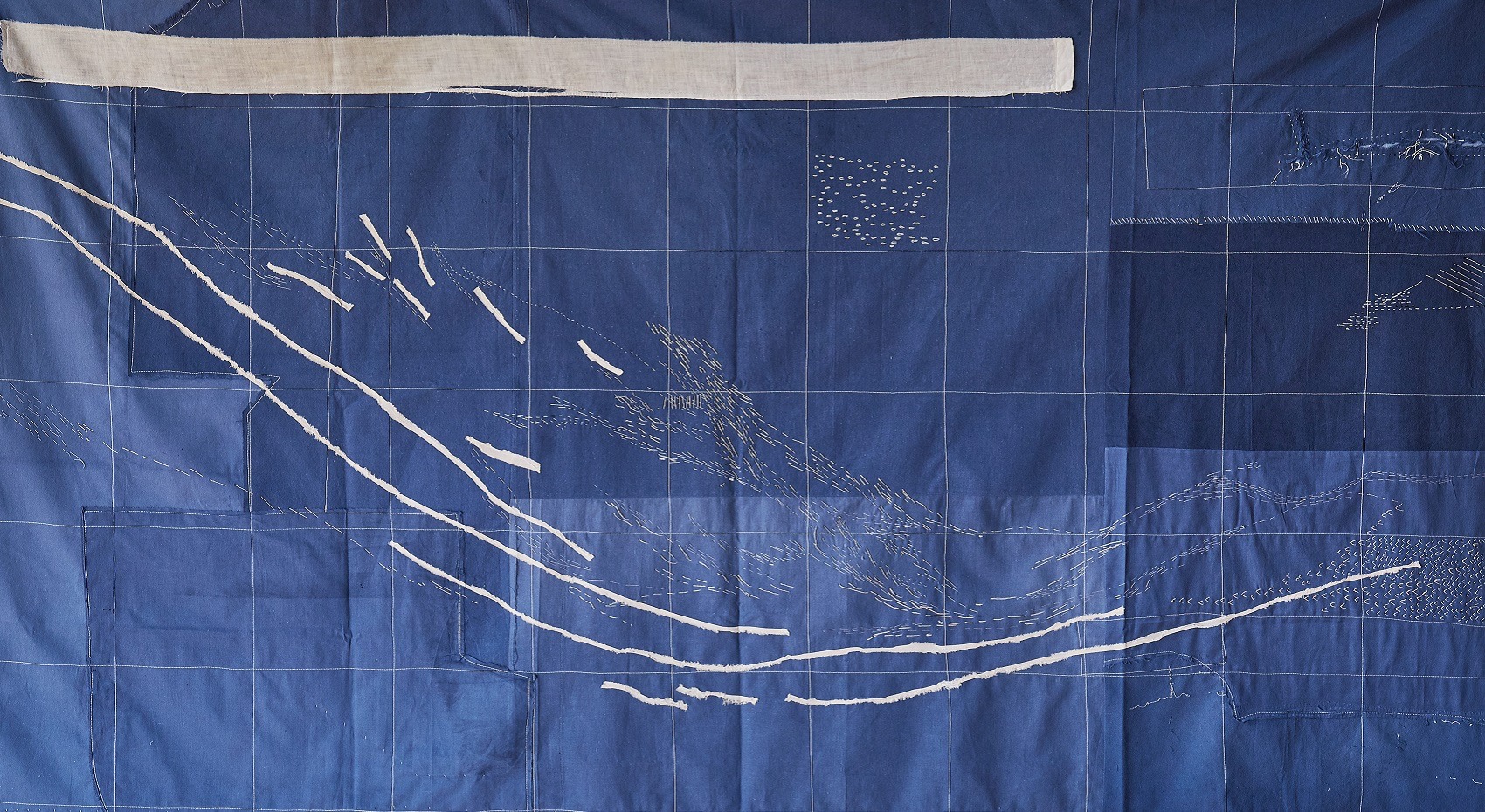
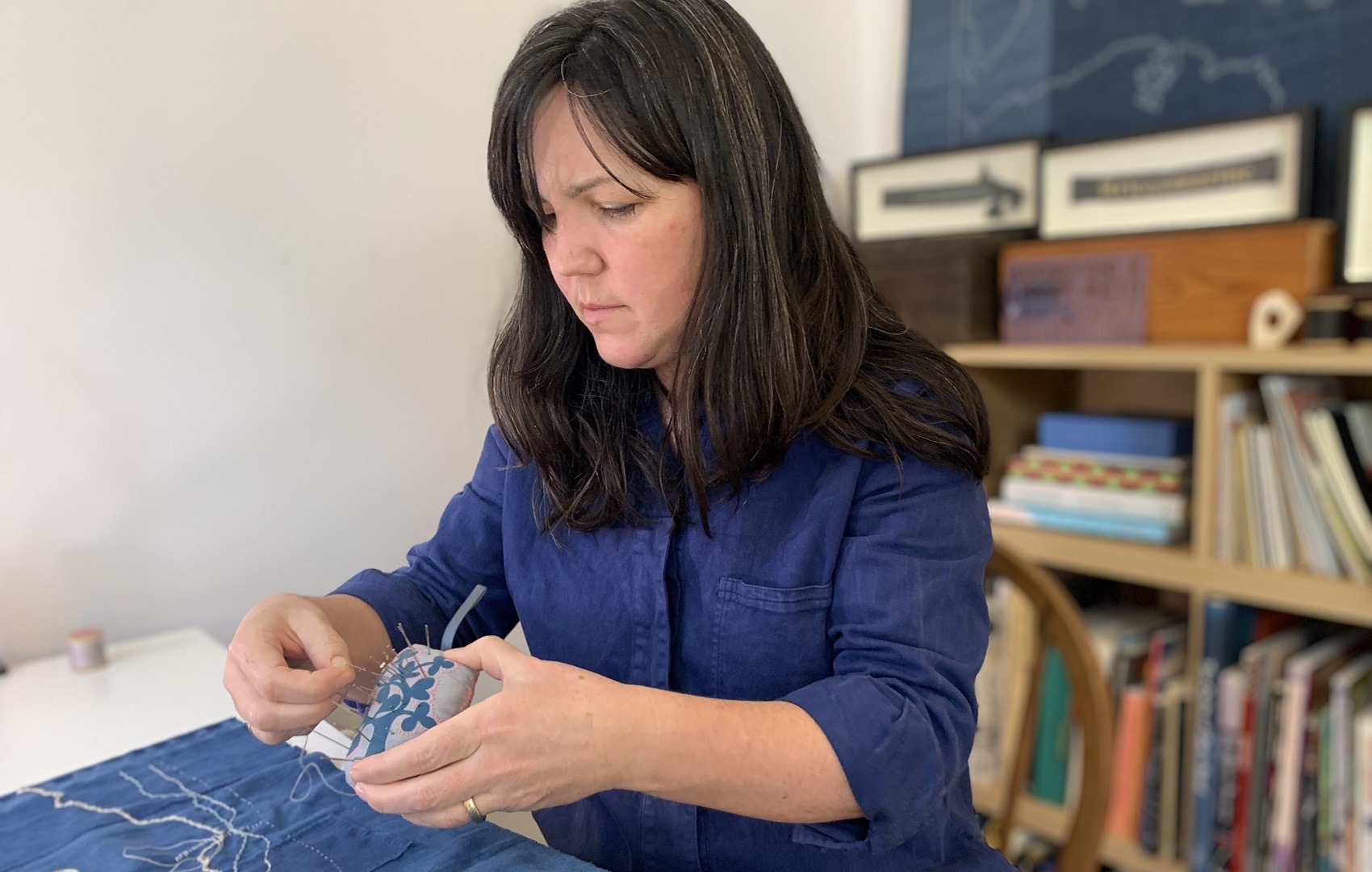
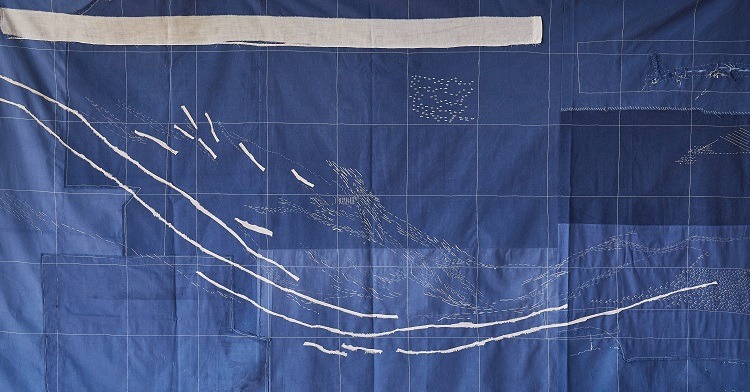

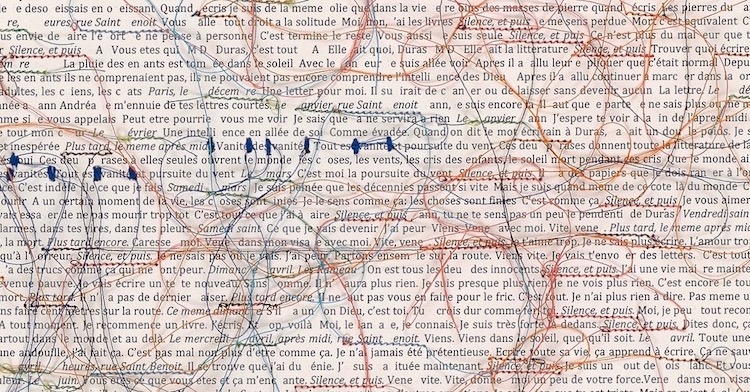
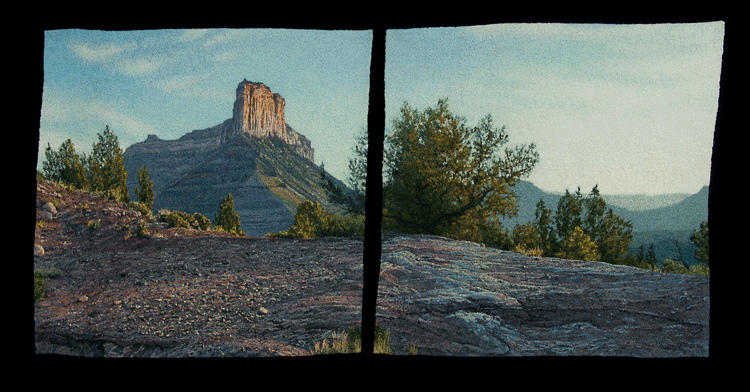
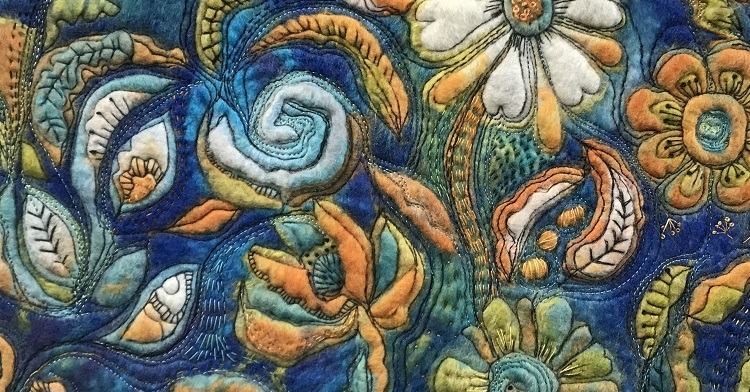
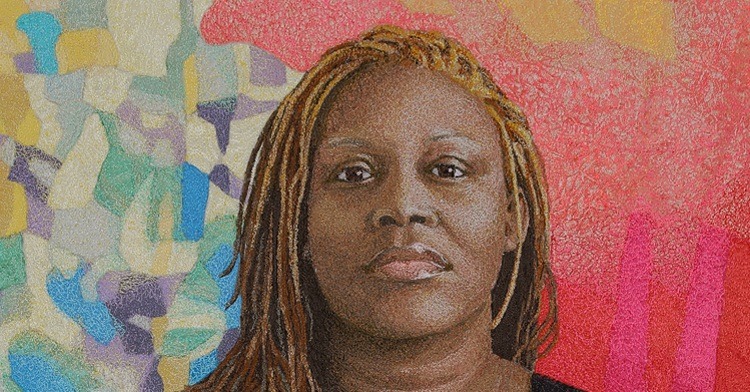
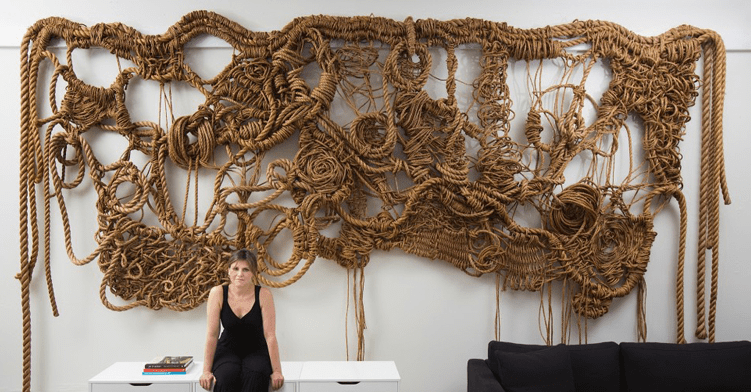
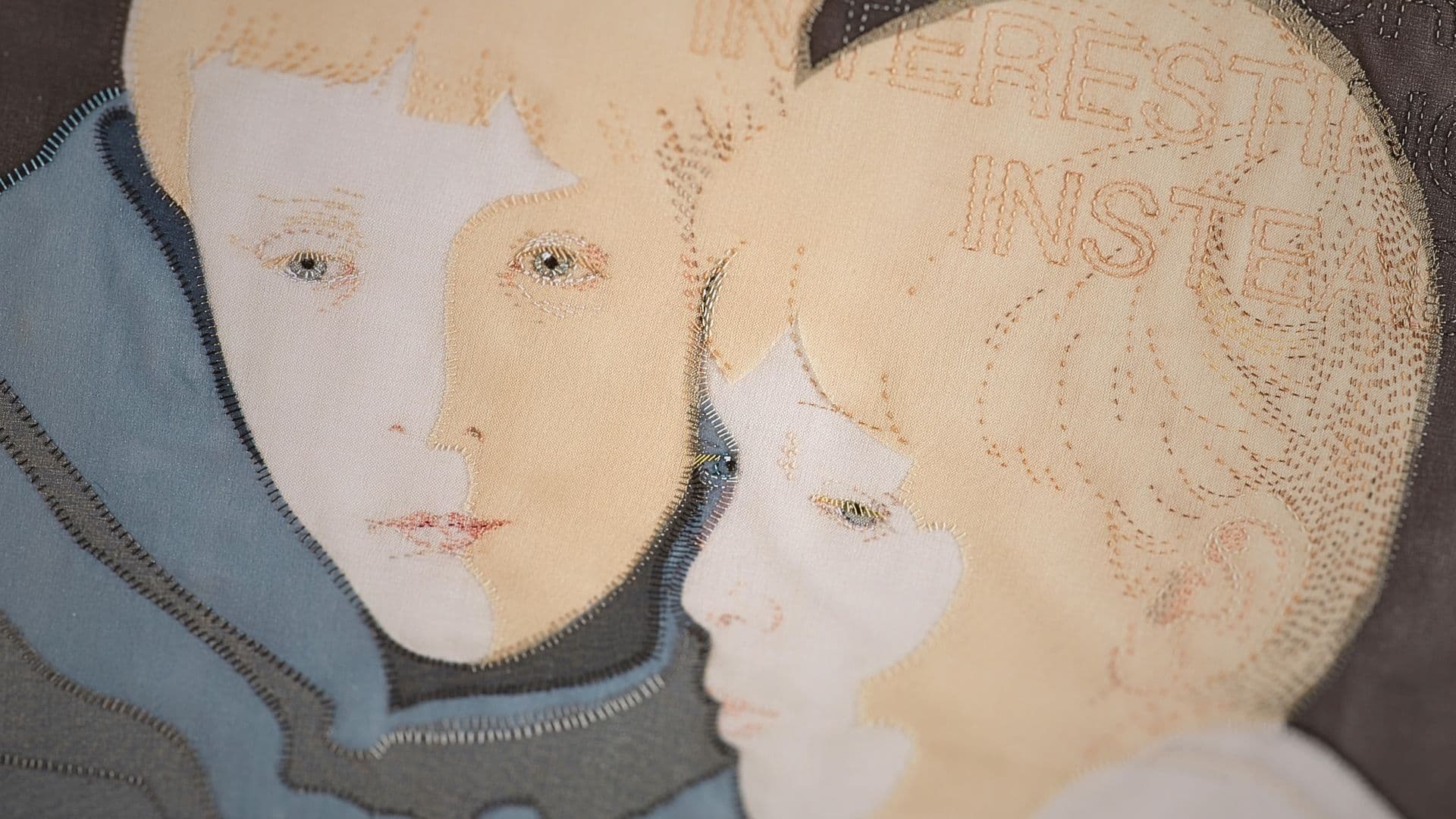
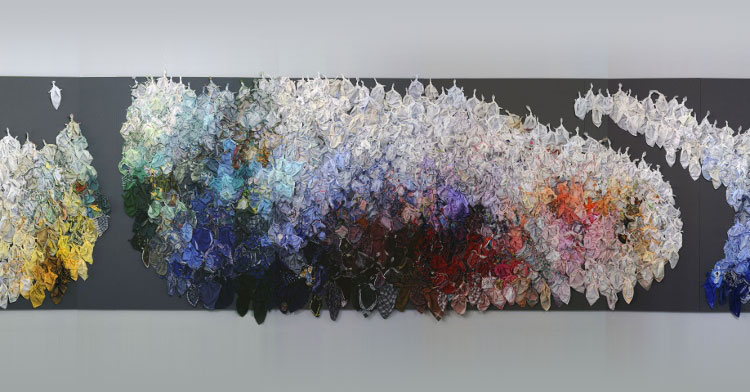
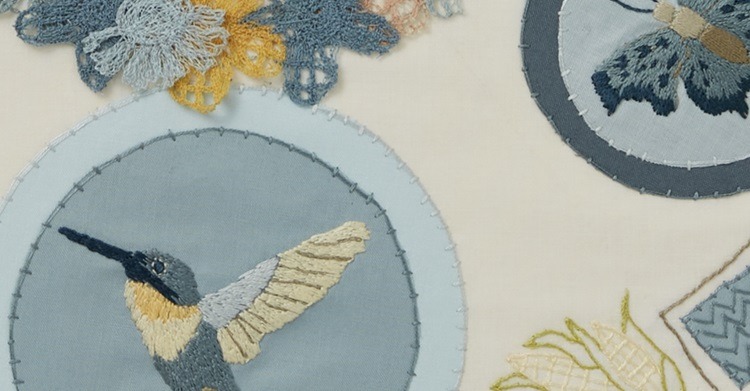
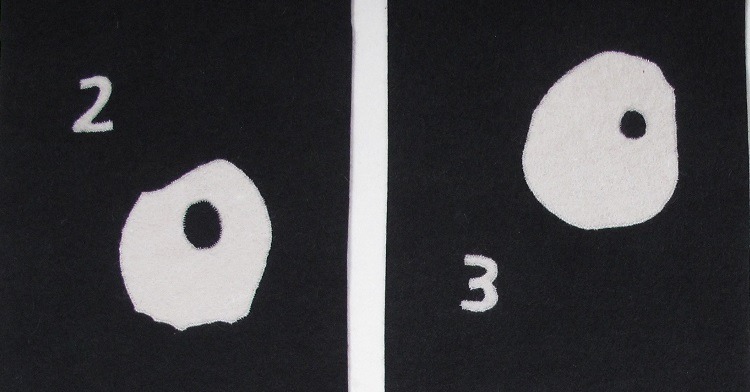
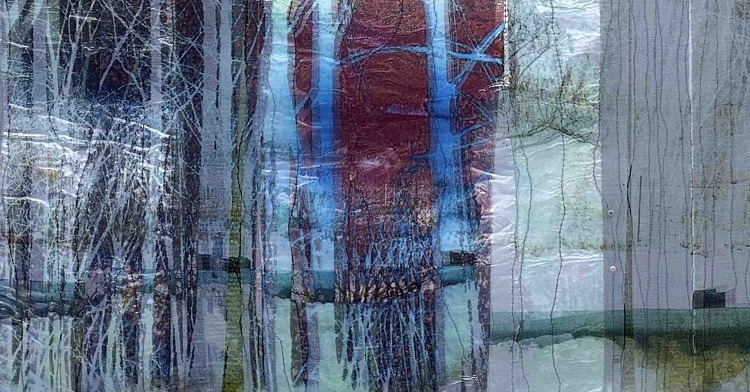
Comments